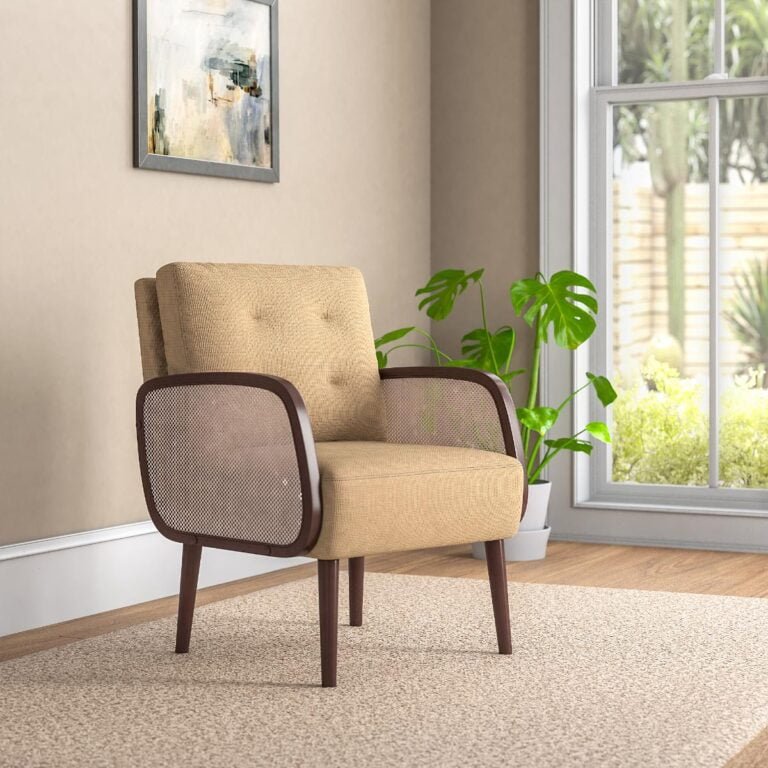Examine This Articles and Reviews on 3d Furniture Visualization
Realistic 3D Furniture Renders for Captivating Presentations

The modern furniture market demands engaging visuals to appeal to customers and improve sales results. 3D furniture visualization offers a powerful way to showcase furniture designs with lifelike detail, enabling brands and manufacturers to present their products in realistic, engaging settings. Using modern 3D rendering, companies deliver visuals with accurate textures and finishes so buyers can imagine products in their homes or offices.
How 3D Furniture Visualisation Works
3D furniture visualization is the process of using computer-generated imagery (CGI) to create realistic models and renderings of furniture items. With these visuals, brands can display fine elements, from textiles to timber finishes, surpassing traditional photos. Placing furniture within styled, virtual rooms helps buyers better picture how items will fit their homes or workspaces.
The Value of 3D Visualisation in the Furniture Industry
3D visualisation helps brands produce premium imagery efficiently, vital for websites, catalogues, and ads. 3D rendering eliminates the need for prototypes and studio sessions, cutting costs and speeding up content creation. These visuals can be easily updated for different finishes, colours, and layouts, making them ideal for catalogues, e-commerce stores, and promotional campaigns.
Enhancing Marketing with 3D Furniture Visualization
Retailers and manufacturers use 3D visualisation to build striking marketing assets that capture attention. Renders can be featured on e-commerce sites, social channels, flyers, and adverts to highlight products in lifestyle scenes. These renders give customers an appealing, accurate view, encouraging engagement and confidence when buying.
Why Lifestyle-Based Renders Boost Engagement
A standout feature of 3D rendering is presenting products in true-to-life, styled scenes. Renders highlight furniture in designed environments, with coordinated accessories and lighting for context. This approach enhances the emotional connection between the product and the buyer, making it more likely to drive interest and sales.
The Creative Flexibility of 3D Furniture Rendering
3D visualization offers 3d Furniture Visualization unmatched flexibility compared to traditional photography. With 3D, designers try different finishes and layouts without physical models. With this flexibility, companies appeal to multiple preferences while staying true to their style standards.
Why 3D Renders Are More Affordable Than Photography
Photoshoots for furniture frequently require costly prototypes, studio time, and transportation. 3D rendering cuts expenses by removing sample requirements and offering simple edit options. Brands can create high-quality product visuals at scale, making it a more efficient and affordable option for expanding marketing efforts.
Using 3D Visuals to Enhance Digital Shopping Experiences
As online sales dominate furniture retail, 3D imagery is vital for earning buyer confidence. Interactive renders showcase products comprehensively, guiding informed customer decisions. This level of detail reduces return rates and improves overall customer satisfaction.
Streamlined Production and Faster Time-to-Market
By creating renders before production, companies cut down timelines and speed up launches. Companies can refresh catalogues and collections quickly, avoiding delays from photoshoots.
Maintaining a Cohesive Brand Identity Through 3D
3D visualisation allows brands to maintain stylistic coherence across catalogues, e-commerce, and ads. Brands utilise 3D renders to project a cohesive aesthetic across channels, strengthening identity.
How 3D Visualisation Helps Companies Stay Competitive
With industry competition growing, brands use 3D rendering to set themselves apart. The ability to produce photorealistic, flexible, and cost-effective visuals makes it a preferred solution for brands looking to enhance their product presentations, streamline marketing efforts, and increase sales.
Final Thoughts on 3D Furniture Visualisation
Manufacturers, sellers, and designers treat 3D rendering as a crucial asset for powerful product showcases. Its realistic detail, adaptable formats, and cost benefits allow brands to strengthen marketing and customer engagement. For catalogues, digital shops, and ads, 3D renders make products stand out and perform better in competitive arenas.